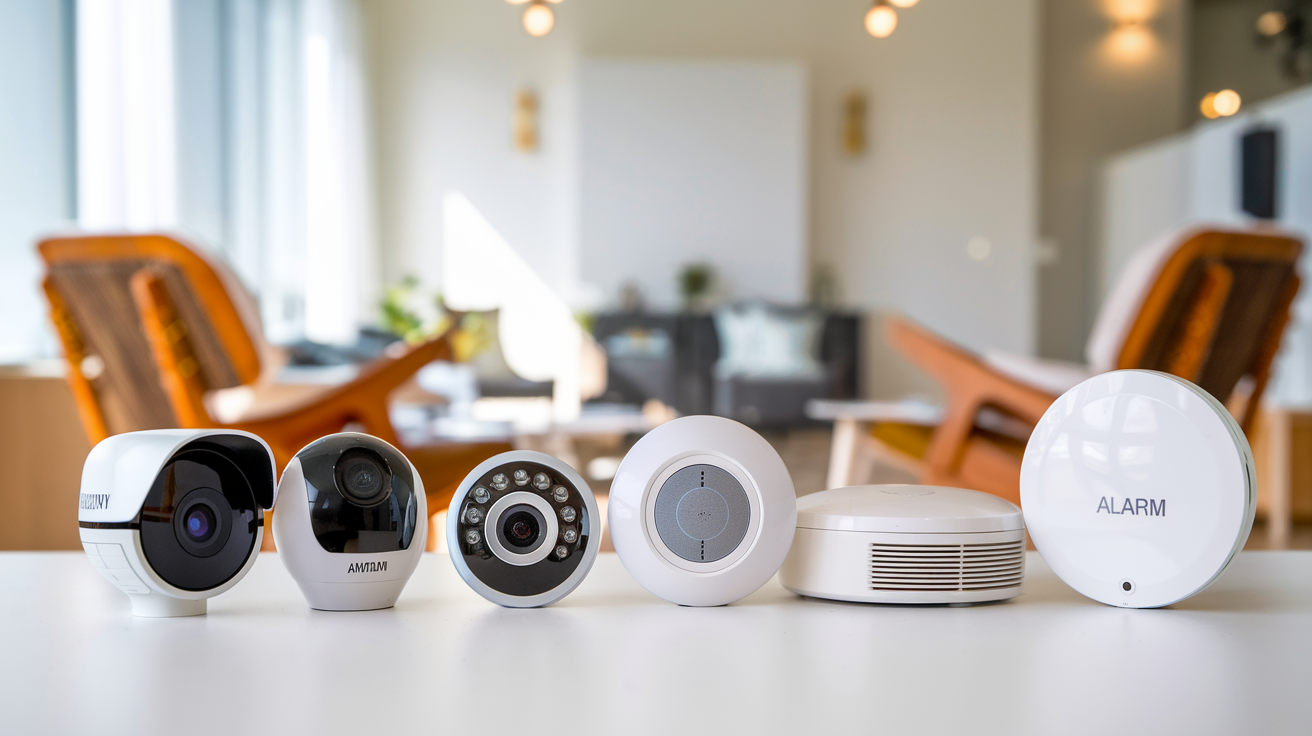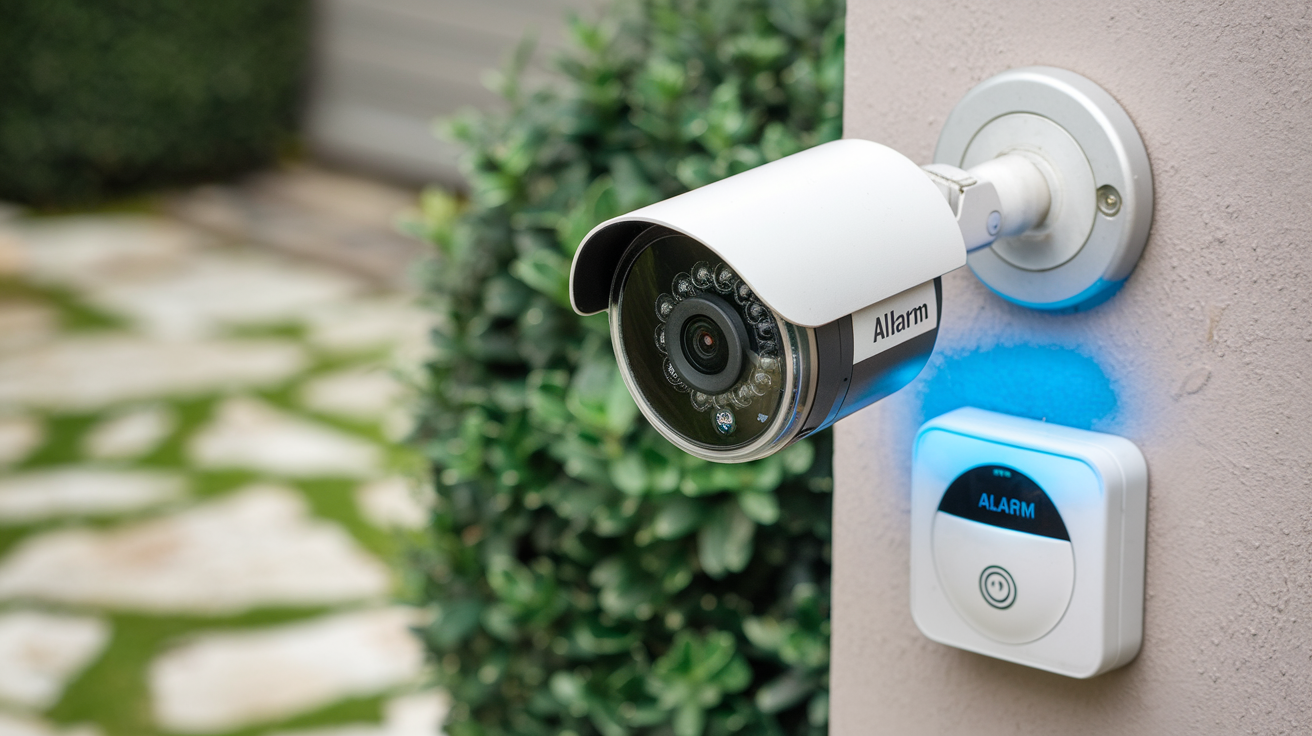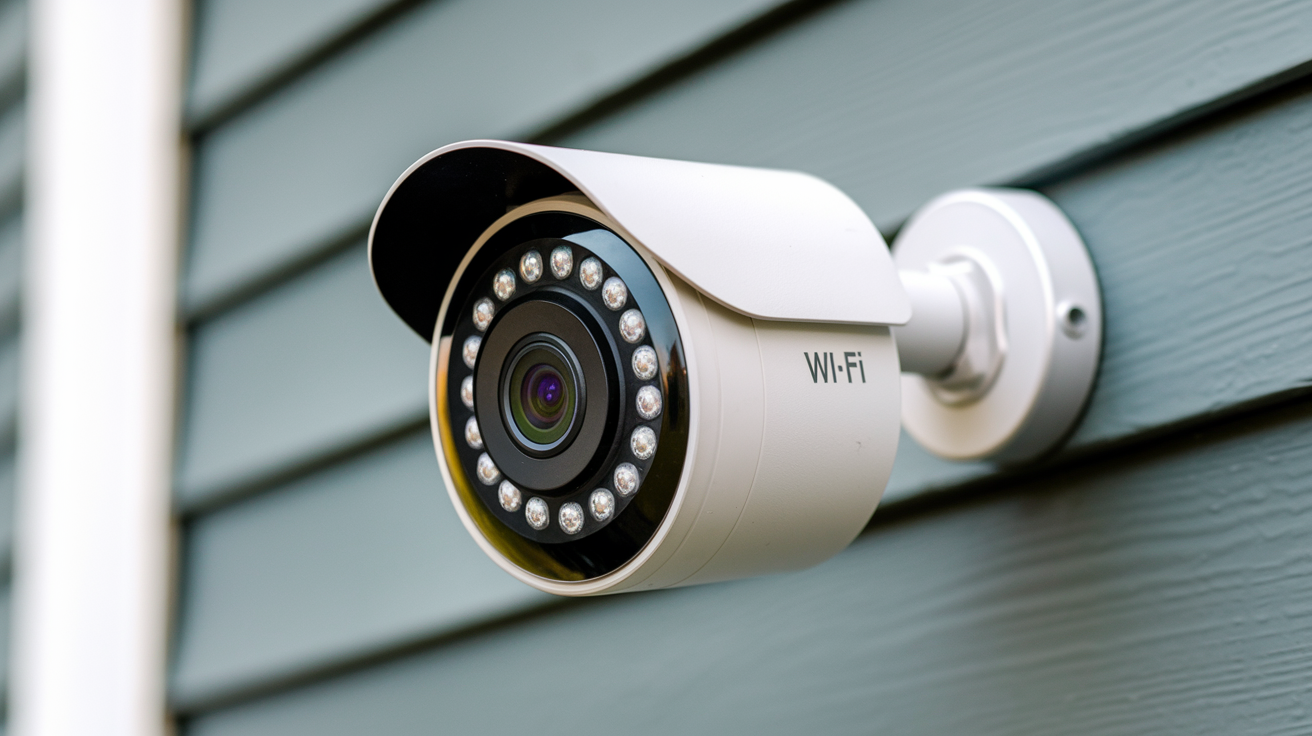Smart Home Automation is defined as a home with appliances, lighting, heating, air conditioning, TVs, computers, entertainment audio visual systems, security, and camera systems that can interconnect and work in unison with preset, timed, or voice-activated, room-selected control from any room in the home or remotely from any location in the world by phone or internet. The overall technology of a smart home is known as home automation. The concept of a smart home revolves around the need of the homeowner to have easy control and access to their homes.
A smart home looks like any other conventional home but it has systems and devices within it that are interconnected through wireless standards such as WiFi, Bluetooth, Z-wave, Zigbee, etc. Homeowners control their home systems with apps on a smartphone, tablet, or PC, web interfaces, touch panels located on the wall, standalone dedicated remotes, voice commands through smart speakers with integrated voice assistants such as Alexa or Google Assistant, and others. The value of smart homes in the global market is expected to reach USD 9913 billion by the end of 2026.
Origins of Smart Home Technology
Many people do not realize that the actual history of smart home technology goes much further deeper in time than most of them tend to imagine. Technically you could say that gas and electric household appliances such as washing machines, refrigerators, and cooking ranges when they first came into the market in the early to mid 1900s marked the starting point of home automation technology. However, if speaking about the devices that could share information with others and be operated remotely, the first smart home systems were developed in the 19th century.
Automated homes were initially constructed for the rich and possessed control systems for locks, alarms, lights, heating, cooling, and hot water through the use of a set timetable. The technology applied was only the use of hardwired controls and relays which regulated the operation of the devices and systems by the scheduled timeline.
These early smart home systems developed over the twentieth century to become more programmable, meaning that instead of the homeowner being able to only set a one-time sequence for the home to follow, the homeowner can now change the settings of the home and set a daily or weekly timetable as needed. Key facilitators in the late 1990s and early 2000s development of real wireless smart home platforms were advancements in wireless communication technologies like Wi-Fi, Bluetooth, and Zigbee. But the technology of smart homes just started to become accessible on the market ten to fifteen years ago, at a level where the typical house owner might consider having it.
How Does a Smart Home Function?
In fact, until the advancement of smart home technology about 15-20 years ago, home appliances, security cameras and lock systems, lighting, and many others were not integrated. Both had their touch panels like a keypad, a remote control, switches, and a dedicated control panel or a control application for it.
The smart home is the term used to explain how different objects in a house—including appliances, lighting, heating, air conditioning, entertainment, and security systems—are linked with smartphone apps, digital voice assistants, touch panels, and web portals so that homeowners may manage them with the touch of a button or even by voice. How then does all of this technology interact in a smart home? In a smart home, the components allowing all these many gadgets and systems to link include: In a smart home, the components allowing all these many gadgets and systems to link are:
Smart Home Hub-Software that consolidates control of all smart devices and systems for remote control and automation programmable by IFTTT with time and occurrence-based triggers.
Connected Devices and appliance hardware that can be connected to the smart home platform to allow remote access and control of the devices.
Radio protocols such as Z-wave, ZigBee, Wi-Fi, and Bluetooth facilitate the connection and communication between the devices and the SC smart home platform.
Home-wide Sensors - Small devices with functionalities such as temperature sensors, motion detectors, humidity sensors, and others send data points back to a centralized home automation platform so that particular automation can be set off.
Smartphone & Web Apps This is an app that users can download on their smartphones and web applications which are web-based interfaces that are accessed over the internet. Digital Voice Assistants & Smart Speakers These are voice-based user interfaces that are enhanced with the release of smart speakers. Wall-Mounted Touchscreens This is an interface whereby users get to control all smart connected devices through touch-based interfaces mounted on the walls.
Smart Home Categories and Devices
The smart devices in a smart home fall into a variety of categories including: The smart devices in a smart home fall into a variety of categories including:
Home automation and entertainment smart TVs, gaming consoles, smart Blu-ray and DVD players, and whole home audio multi-room music streaming systems that can be commanded on smartphones and voice assistants.
Lighting Control Smart light bulbs that can easily be programmed, light switches, dimmers, and lighting control panels to create different scenes and individual control. Functionality and scheduling features by time or activity of homeowner are often seen.
Climate Control Smart thermostats, and smart AC systems that can be managed remotely to regulate temperatures at home. Voice control is present in many cases with the models. Consumers can save energy through scheduling and automation according to the homeowner's area of residence, time, or activity.
Window Treatments Smart blinds, window shades, and curtains that are programmable and can be operated by a smartphone, with the ability to adjust the time they are opened or closed according to the homeowner's preferences are standard. With other smart home systems, the actions can be initiated automatically with the respective sensors and events.
Appliances Most home major appliances have the smart version that allows users to view the status, control remotely, receive notifications when they require repairs and operate within other smart home systems by voice commands.
Smart Home Automation and Protection Smart doorbell cameras, smart locks, smart garage door openers/controllers, water leak sensors, and smoke/CO detectors that can send mobile notifications can be watched and managed remotely. Other more sophisticated features such as smart security and camera systems, and panic, and medical alert systems are also integrated with the smart home systems.
Smart Speakers/Voice Assistants These include smart speakers that come with voice assistants such as Amazon Alexa and Google Home speakers which enable voice control of smart home devices. In addition to accessing information, music, radio, and podcasts, speakers can also be used. This is a simple form of central control when incorporated into the smart home system using voice commands.
Benefits of Smart Homes
Some of the benefits that installing a smart home platform for homeowners are not only convenience and time saving for homeowners to manage their home systems but also smart home platform offers homeowners more security and safety, energy savings, and cost savings. Some of the benefits smart homes offer include:
Energy conservation Smart thermostats and smart home systems can program temperatures to change when residents are not at home to conserve energy. Smart lighting entails automatic control of lighting and its brightness by activity and time to eliminate wastage of energy in lighting.
Comfort Centralized control of devices and appliances through automation and integration in smart homes provides residents with convenience. For instance, connectivity with smart locks enables smart lighting and smart thermostats to change settings and operations depending on whether homeowners are in the house or not.
Safety and security Home automation aids in smart security, smoke/CO detectors, and other sensors including those that can send real-time mobile notifications of any event in the home that would require the attention of the homeowner when on holiday or any other time the homeowner is away from home.
Comfort Audio systems for multiple rooms, Smart TVs, voice commands to conveniently search for music and radio stations, and possibilities to stream music and videos from smartphones and tablets to multimedia systems in homes are entertainment features of smart homes.
Help to Elderly or Disabled Smart home systems may be helpful for elderly or disabled persons for instance, automation, remotes, voice control, and notifications about activities in different rooms with the help of sensors, and smart lights leading to avoid tripping and falling during nighttime.
These early smart home systems developed over the twentieth century to become more programmable, meaning that instead of the homeowner being able to only set a one-time sequence for the home to follow, the homeowner can now change the settings of the home and set a daily or weekly timetable as needed. Key facilitators in the late 1990s and early 2000s development of real wireless smart home platforms were advancements in wireless communication technologies like Wi-Fi, Bluetooth, and Zigbee. But the technology of smart homes just started to become accessible on the market ten to fifteen years ago, at a level where the typical house owner might consider having it.
Protect your home today with ADT’s top-rated security solutions!
Call now at +1 877-470-7879 to get a free consultation and find out how you can secure your home with the best in the business. Don’t wait—ensure your peace of mind with ADT!





